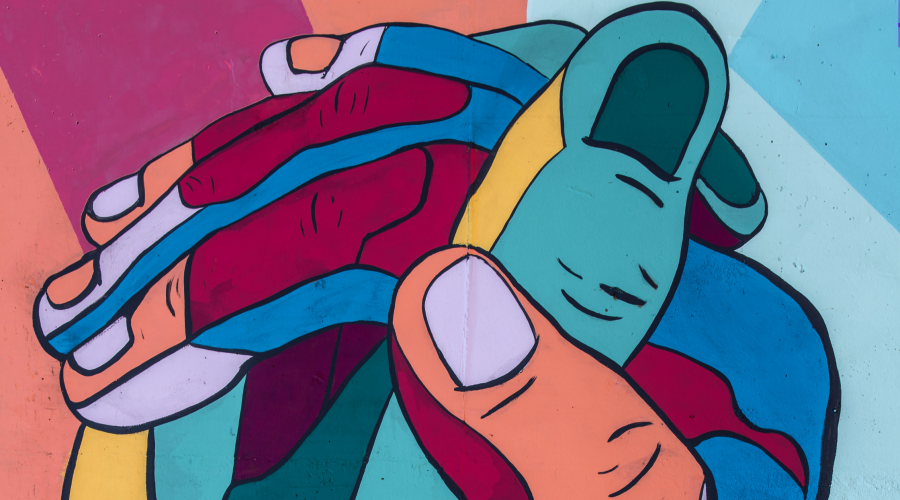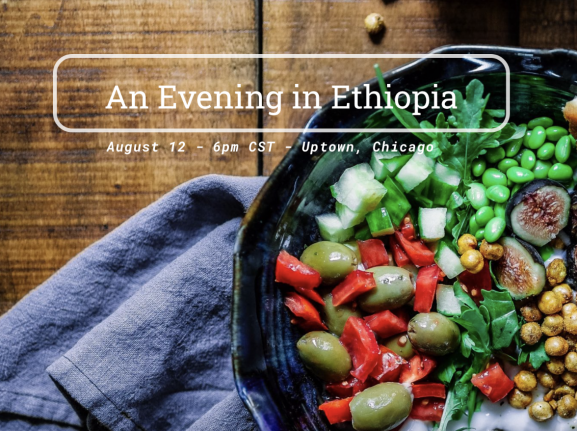Defining the Line Between Cultural Appropriation & Cultural Appreciation
Halloween costumes. Sports mascots. We’re surrounded by examples of cultural appropriation. But where’s the line between appreciating another culture and appropriating it? What even is cultural appropriation, and why is it a problem?
It’s relatively easy for us to experience another culture today. Film, television, and social media keep us connected at all times, giving us a glimpse into how other people around the world live. How they dress. What they eat. What holidays and traditions they celebrate.
All this connection can inspire genuine cultural appreciation. But experiencing another culture doesn’t automatically mean you understand it, or that you should start claiming elements of that culture as your own. Cultural appreciation can easily turn into cultural appropriation. Instead of honoring another culture, appropriation demeans and dishonors. It perpetuates harmful stereotypes and deepens divides between communities.
But it can be avoided. We can honor and celebrate other cultures without inadvertently diminishing them along the way.
What Is Cultural Appreciation, and How is it Different From Cultural Appropriation?
Cultural appreciation is when you earnestly seek to learn about or explore a different culture. You learn. You listen. You strive to understand. You seek to honor its beliefs and traditions. Not for your own personal gain—money, fame, or the Instagram photo. But to simply honor the culture and its people.
Appreciating different cultures like this is a fantastic part of being alive today. The problem is, there’s a fine line between appreciating a culture and appropriating it.
But what exactly is cultural appropriation? It’s something many of us are just recently coming to understand.
Cultural appropriation is the process that takes a practice of cultural significance from one group (usually marginalized) and turns it into something that benefits another group (usually dominant) without giving credit, money or even acknowledgment to the group of origin—ultimately erasing its meaning. Some examples of cultural appropriation include:
- Kim Kardashian naming her shapewear brand Kimono
- Dressing up as any culture for Halloween
- Wearing traditionally Black hairstyles as a non-Black person
- Co-opting a sacred symbol for décor or jewelry, such as wearing a mala or rosary as a necklace
Now, you may ask, why is this harmful? Isn’t it wonderful to spread the word about a practice or ritual that is beautiful? About something that is meaningful or helpful? Wouldn’t all cultures and religions be proud to have their traditions shared and mainstreamed? No one “owns” a pattern, no one owns a way of doing something, right? The main difference between cultural appropriation and cultural appreciation is connected to:
- Power
- Harm.
So much depends on the intent, awareness, and, most importantly, the impact behind connecting to and partaking in another culture. Cultural appropriation clearly harms the source culture in a variety of ways:
- Material harm
- Disrespect or disregard to the values, practices, social, religious, or cultural norms.
Often that harm can span social institutions and political, economic, social, spiritual, cultural worlds.
What Is Cultural Appreciation?
So, there is a fine line between appreciation and appropriation. According to the Greenheart Club, which promotes international education, environmental awareness, sustainable practices, and citizen diplomacy, “appreciation is when someone seeks to understand and learn about another culture in an effort to broaden their perspective and connect with others cross-culturally.” Though this is hardly a call for complete authenticity and exclusivity when it comes to rituals and traditions, there are ways to work toward appreciation, reparations, and honoring, rather than appropriating, disrespecting, and disempowering people and traditions.
Here are some ways you can change the way you relate to other cultures respectfully through cultural appreciation:
- Research other cultures and research well
- Participate in cultural exchanges
- Travel and immerse yourself
- Listen to radio shows and podcasts
- Watch movies from other cultures
- Cook different dishes that are culturally significant and/or are important to different regions of the world
- Talk to people from different cultures and listen
Appreciate the differences
Cultural appreciation and cultural appropriation often come down to one thing: intention. Wearing henna for a summer music festival can quickly turn into cultural appropriation. But wearing henna to your Indian friend’s wedding may be a sign of cultural appreciation and respect.
Cultural appropriation divides people and reinforces toxic stereotypes. It leads to misunderstanding and prejudice. And it sets us all up to be at odds with one another. The differences between cultural appropriation vs. cultural appreciation are often fine. Differences between us are what make life so interesting. So embrace the differences between yourself and your friends from different cultures – but remember that what is a fascinating difference to you is just their normal life! The best way to respect people from other cultures is to strike a balance between curiosity and appreciation: ask questions if your friends are open to it, but also learn how to just silently observe and appreciate the differences that make us unique.
We live in a beautiful and diverse world. We should celebrate and enjoy the many different and contrasting cultures. They help give texture and creativity and diversity to our world. But as we appreciate other cultures, let’s be sure we’re doing it with the right intentions—to learn, to gain understanding, and to ultimately show honor and value.



